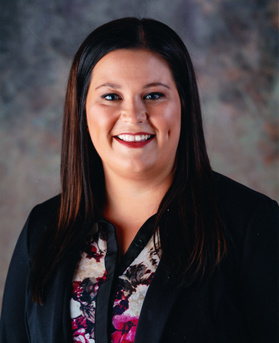More than meets the eye
April 28, 2022
Think your eyesight is fine so there’s no reason to see an eye doctor? Think again. A comprehensive eye examination not only helps provide an accurate prescription for eyeglasses or contact lenses if needed, but it can also diagnose symptoms of diabetes, high blood pressure, high cholesterol, tumors, cancer, autoimmune disorders, and thyroid disorders.
A comprehensive eye exam will start with you and your family’s medical history, current medications, and whether you currently use corrective lenses. You will read an eye chart to determine your eyesight, and then a physical examination of the parts of the eyes including observing their movement, reaction to light, etc will be performed. Eye drops may be used to dilate the pupil of the eye in order to see the parts of the back of the eye.
According to the American Academy of Ophthalmology, if your eyes are healthy and your vision is good, you should have a complete eye exam at least once in your 20s and twice in your 30s. Reasons to see an eye doctor sooner may include: if you have an infection, injury, eye pain, sudden floaters or flashers, if you have diabetes, high blood pressure, or a family history of eye disease. If you wear prescription glasses or contact lenses, you should see your eye specialist every year.
Once in your forties, regular eye exams become very important as many eye diseases can be diagnosed early and prevent future damage to eyesight. For example, many people have no idea that they have glaucoma until they have significant, irreversible vision loss. This is because this disease often has no symptoms until vision loss is extensive. Currently, over seven million Americans do not know they have diabetes which can lead to diabetic retinopathy – a leading cause of blindness. Effective treatments are available for reducing the risk of blindness from diabetic retinopathy, but treatments are most effective when started early. Cataracts affect about one in every six Americans in the US over the age of 40. For people age 40 plus, the eye doctor will provide a recommendation on the frequency of eye exams based on the individual’s risks and current diagnosis.
For individuals age 65 or older, an eye exam every one to two years is recommended, and more frequently if needed. It is also good practice to get a baseline eye exam done for children as they enter school to not only assess vision, but to rule out any underlying eye teaming disorders that could potentially affect learning.
Mille Lacs Health System offers a complete eye team with visiting specialists from the Great River Eye Clinic. Dr. Nerissa Klingelhofer shares, “Everyone can benefit from a comprehensive eye exam no matter their age. We at Great River Eye Clinic are thankful to team up with Mille Lacs Health System to provide this service and more to the Onamia and surrounding communities”. To request an eye exam at the MLHS Onamia clinic call 218-546-5108.
Pictured: Dr. Nerissa Klingelhofer, MLHS visiting specialist from Great River Eye Clinic.
